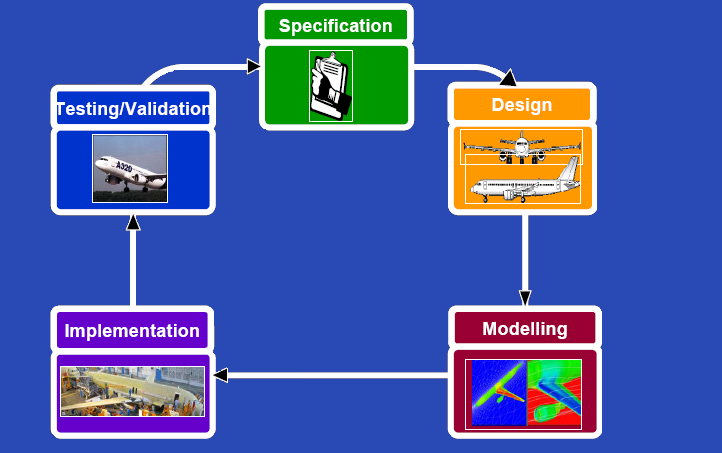Team:Imperial College/Summary
From 2008.igem.org
m |
m |
||
| Line 42: | Line 42: | ||
{{Imperial/Box1|Achievements| | {{Imperial/Box1|Achievements| | ||
| - | + | Here is a summary of the achievements of the Imperial College 2008 team: | |
| - | * | + | *Submitted x..number of documented parts to the registry, |
| + | *Characterized and improved the existing part....., | ||
*Developed integration bricks, to allow devices to be constructed that can then be excised and planted into ''B. subtilis'' | *Developed integration bricks, to allow devices to be constructed that can then be excised and planted into ''B. subtilis'' | ||
*Layed the groundwork for future teams to work with ''B. subtilis'' by BioBricking promoters, RBSs, terminators and so on and characterising them | *Layed the groundwork for future teams to work with ''B. subtilis'' by BioBricking promoters, RBSs, terminators and so on and characterising them | ||
*Showed that expansion into other organisms is a definite possibility! | *Showed that expansion into other organisms is a definite possibility! | ||
| + | *Helped Bristol by sending them a mini-iGEM project: ''Chemotactic dot-to-dot'' with information on quorum sensing and directed movement | ||
| + | *Helped Bristol by sending them a part (BBa_J37015) from our 2007 stock which was an empty vector in the Registry | ||
}} | }} | ||
Revision as of 23:23, 23 October 2008
Summer Summary
|
|||||||||||||||||||||||||||||||
 "
"



